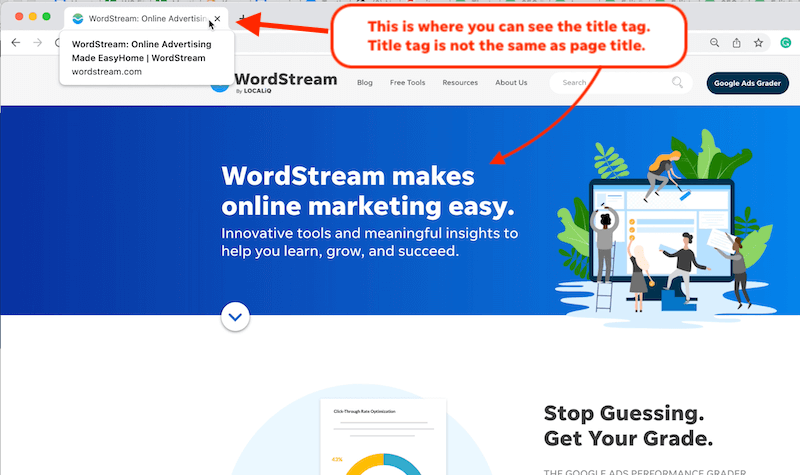Important Info on What Is Not Considered a Default Medium in Google Analytics
Important Info on What Is Not Considered a Default Medium in Google Analytics
Blog Article
Thinking Outside package: Leveraging Non-traditional Mediums to Maximize Google Analytics Efficiency
In the world of digital advertising and marketing, the mission for enhanced Google Analytics performance has actually ended up being a strategic imperative for organizations seeking to fine-tune their online existence. By discovering non-traditional tools as avenues of information collection, a brand-new realm of possibilities arises.
Unique Data Resources

CRM systems, for instance, can offer insights right into individual customer interactions, purchase history, and preferences, which can be integrated with Google Analytics information to create more tailored advertising and marketing approaches. Social network systems supply valuable information on user demographics, rate of interests, and involvement metrics, allowing businesses to determine the effectiveness of their social media sites projects and optimize material for better efficiency. Email advertising data, consisting of open rates, click-through prices, and conversion metrics, can also be leveraged to track customer engagement and actions beyond web site interactions caught by Google Analytics. By leveraging these unique data resources, companies can improve their techniques, boost targeting efforts, and improve general Google Analytics efficiency.
Social Network Insights

Furthermore, social networks analytics devices allow organizations to track essential performance indications, screen campaign effectiveness, and determine the impact of their online tasks. Comprehending the demographics of fans, determining popular material themes, and examining engagement degrees can help services tailor their advertising strategies for much better outcomes.
Offline Advertising Assimilation
Integrating offline advertising techniques with digital analytics can boost overall campaign efficiency and offer an extra extensive understanding of customer habits. what is not considered a default medium in google analytics. By bridging the space in between online and offline efforts, services can track the influence of conventional advertising and marketing networks such as print ads, TV commercials, direct-mail advertising, and occasions on their online existence

Moreover, implementing telephone call tracking systems for offline marketing tasks allows companies to capture beneficial information on client inquiries created with printed advertisements or products (what is not considered a default medium in google analytics). By evaluating telephone call data alongside on-line metrics in Google Analytics, organizations can get deeper insights into the client journey and enhance advertising and marketing techniques for improved efficiency throughout all networks
IoT and Wearable Technology
Making use of IoT and wearable modern technology in digital analytics can revolutionize information collection and consumer insights for businesses seeking a much deeper understanding of user actions patterns. These innovative modern technologies provide a smooth means to gather real-time information from various touchpoints. IoT gadgets can track customer interactions with services or products, supplying valuable info on use patterns and choices. Wearable technology, such as smartwatches or health and fitness trackers, can offer insights right into customer activities, health metrics, and also area information.
Gamification Methods
The execution of gamification techniques in digital analytics provides an innovative technique to boosting user engagement and driving actionable insights for companies. By integrating game-like aspects such as points, badges, leaderboards, and awards into the analytics interface, business can inspire individuals to communicate a lot more often and meaningfully with the data.
Gamification motivates individuals to explore different features of the analytics system, revealing beneficial understandings that could have or else gone unnoticed. Through interactive challenges and progress monitoring, customers are incentivized to dig deeper into the data, leading to increased time invested on the system and a greater possibility of discovering key fads or patterns.
In addition, gamification can promote a sense of competition amongst individuals, click this link spurring them to strive for greater efficiency and engagement degrees. This affordable spirit can drive enhanced customer fostering rates and an extra detailed usage of the analytics devices offered. Ultimately, by leveraging gamification strategies in electronic analytics, companies can develop a much more efficient and interesting atmosphere for users, resulting in more informed decision-making and boosted general efficiency.
Conclusion
To conclude, leveraging non-traditional tools such as unique data resources, social media understandings, offline advertising and marketing integration, IoT and wearable innovation, and gamification strategies can optimize Google Analytics efficiency. By assuming outside package and exploring these link alternate resources of information, businesses can get beneficial insights and improve their general marketing methods. It is necessary for companies to constantly check out brand-new means to collect information and analyze it in order to stay ahead in the ever-evolving digital landscape.
By have a peek at this website integrating information from resources such as consumer partnership monitoring (CRM) systems, social media systems, and e-mail marketing campaigns, businesses can acquire a much more detailed understanding of their target market habits and interaction patterns. Social media platforms use useful information on customer demographics, passions, and involvement metrics, permitting organizations to determine the performance of their social media projects and maximize material for much better performance. By leveraging these distinct data sources, organizations can improve their approaches, boost targeting initiatives, and improve overall Google Analytics performance.
Discovering social media understandings can provide services with important information on user demographics, rate of interests, and engagement metrics, allowing for educated decision-making and calculated optimization of advertising efforts. By thinking outside the box and discovering these alternate sources of information, organizations can get important insights and boost their general marketing approaches.
Report this page